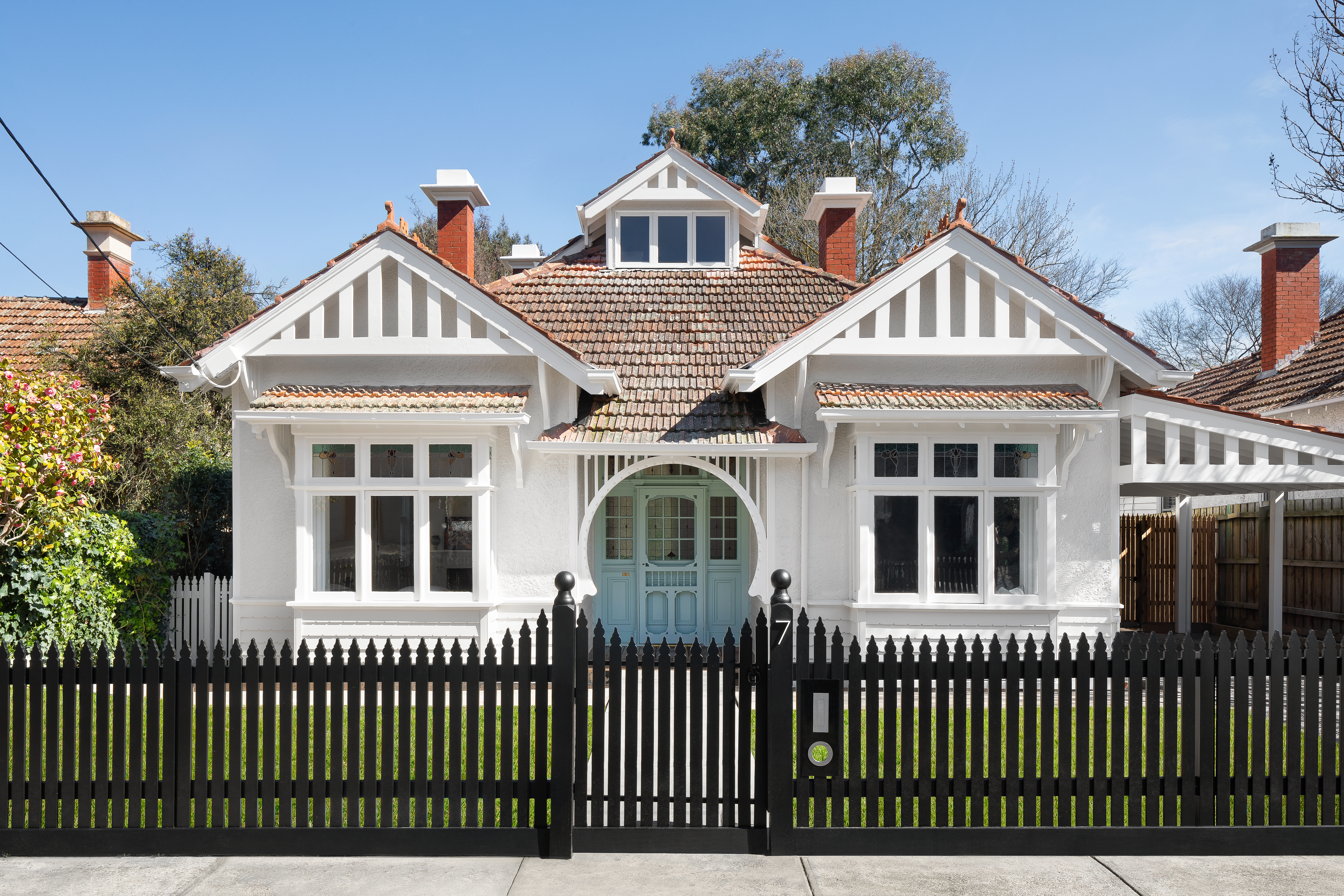Whether it’s been in your family for years or a new purchase with the intention of renovation, a heritage home displays a sense of timelessness from high-pitched ceilings to ornate features and the journey continues after restoration. Now is the time to embark on another exciting adventure — researching your home’s heritage.
As heritage home restoration specialists in Melbourne’s prestigious inner south and Bayside suburbs, we understand the importance of knowing the history of your home and the deeper meaning it can bring to home restoration and heritage home ownership. We have been restoring heritage homes for over 15 years and are passionate about preserving the past while ensuring its future.
Contact Local and State Historical Organisations
The first step in researching the history of your heritage home is to get in touch with local and state-level organisations. These historical groups can provide information such as the year your heritage house was built and any historical documents relating to your property. They can also help you locate them if they still need to be made available online.
All heritage homes in Victoria are listed on the Victorian Heritage Register. The Heritage Council of Victoria (HCV) recognises and protects places with special historical, cultural or architectural significance for future generations. The HCV also encourages people who own heritage homes to research their history and understand how it fits into Australia’s broader story.
Utilise Online Resources
Once you have a basic understanding of the history of your heritage home, it’s time to start digging deeper into the neighbourhood. Your local library will have public access to historical records. Many libraries have a local history collection that includes books, photographs, maps, archives and databases that can be accessed from home. Look for any records related to your house, such as photographs, maps and plans, estate files and agreements, deeds, mortgages and legal documents.
You may also be interested in researching local newspapers from around the time that your house was built to learn about significant events or construction projects in your area at this time. Trove Online is a valuable research tool for this task. It has a wide array of searches for digital copies of newspapers, Government Gazettes, maps, magazines, newsletters, books, pictures, photographs, archived websites, music and interviews—even information about famous Australians, including copies of letters, diaries and personal archives.
Talk to the locals
If you’d like to take researching your heritage home a step further, it’s time to get to know the locals. They may also be able to provide information about previous owners and tenants. By speaking to the area’s current residents, you can learn stories about your heritage home or even photographs or documents that will help you understand more about its history. Many communities have local history groups to help you get started with your research. You may also want to speak with a local historian who can answer questions about your heritage home and its neighbourhood.
Consult the Local Council
Finally, contact your local council. They will have records of any changes to your heritage home, including any alterations made to the house, building permits issued for renovations or additions and applications for demolition permits. You can use this research to help you make key decisions about preserving and maintaining your heritage home.


